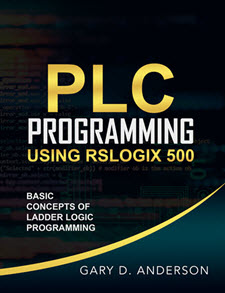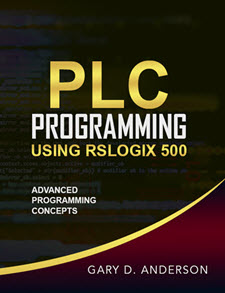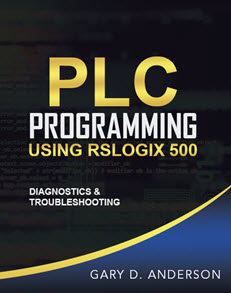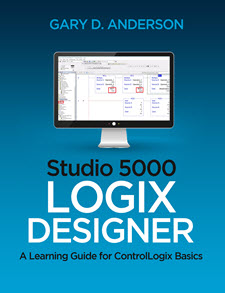Resources for the Industrial Technician:
These materials have been written specifically as training resources for those involved in automation and process control careers. These books provide training in PLC Programming for both the legacy RSLogix 500 instruction set and the SLC-500 platform, and for the newer ControlLogix processors using Studio 5000 Designer software. In addition, the "Practical Guides" series of books cover more general training for those of you working as technicians in the field of industrial electronics.
"PLC Programming Using RSLogix 500" provides a "step-by-step" learning experience in PLC programming. It begins with the Basic Concepts book, moves into Advanced Concepts (book 2) and finishes with Diagnostics & Troubleshooting (book 3). Great follow-up materials are listed here as well! Check my books on PID Control and Program-Flow for the SLC-500 platform.
"Studio 5000 Logic Designer: A Learning Guide for ControlLogix Basics", is an illustrated learning guide for concepts and topics essential for gaining proficiency with ControlLogix and CompactLogix projects.
"Practical Guides for the Industrial Technician" is a series focused on many different concepts that must be thoroughly understood for a successful career as an industrial technician. This three book series includes books on the topics of CNC & Robotics, VFD Troubleshooting & Installation, and a book on Industrial Networks.
"Basic Concepts" - Book 1
Basic Concepts provides a practical resource for those who are new to PLC technology and ladder logic programming. This is the first book of the series "PLC Programming Using RS Logix 500", and illustrates the fundamental building blocks and methods used to create ladder logic programming.
"Advanced Concepts" - Book 2
Building on the techniques taught in book one, Advanced Concepts illustrates the use of more advanced concepts typical in ladder programming. These include the use of math instructions, different methods of scaling for analog values in program routines, the use of comparison instructions, an introduction to the PID instruction, and much more.
"Diagnostics" - Book 3
This third installment of the series, serves as an instructional guide for developing a comprehensive knowledge of PLC ladder logic programming. The goal is to understand the various methods used to quickly diagnose and isolate problems when they occur. Examples are given on using the status file, fault codes, data monitoring, and writing fault routines for efficient recovery of critical equipment.
Studio 5000 Logix Designer
Studio 5000 Logix Designer: A Learning Guide for ControlLogix Basics, illustrates essential techniques and practices for using Studio 5000 development software and the ControlLogix controller platform. Written specifically to help those who are transitioning from legacy PLC's, such as the SLC-500 family of processors, to ControlLogix and CompactLogix automation solutions.
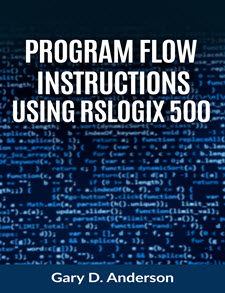
Program Flow:
This guide illustrates the concepts and instructions that control how and when program routines are executed. The focus is on learning to effectively use subroutines, comparison instructions, and other tools for debugging new programs, and for limiting the execution of sections of programming to times when specific conditions are met.

PID Programming Using RSLogix 500
This is a basic primer on learning how to program and use the PID instruction in ladder logic programming. Special focus is given to explaining and configuring parameters for this useful instruction; and also the procedures used in tuning the control loop of an application process.
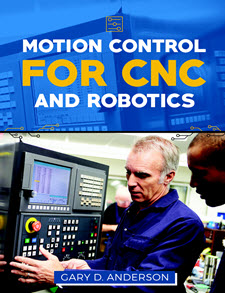
Motion Control for CNC & Robotics:
New to troubleshooting CNC control systems? If so, this book is a great place to gain insight into the devices and methods used to control complex motion and positioning systems. Motion Control for CNC & Robotics focuses upon the basics of motion control and positioning, helping to build the skills needed for CNC troubleshooting.
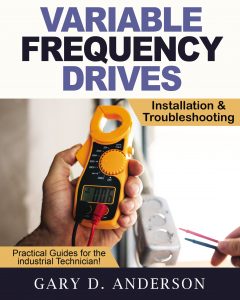
Variable Frequency Drives
One of the most popular books in this series. It explains Pulse Width Modulated (PWM) drives; the configuring of necessary parameters, what those parameters do; and finally, how to effectively troubleshoot and use fault code diagnostics. Diagrams are used which illustrate, in easy to understand language, the different sections and components of a typical VFD.
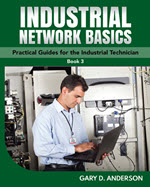
Industrial Network Basics
This practical guide focuses on networks and protocols used in automation and process control applications. Many popular Fieldbus technologies are discussed, along with the integration of high speed networks such as FF-HSE, EtherNet/IP and PROFINET. Other topics include the use of “smart” I/O blocks, PLC technology, SCADA systems and other “intelligent” field devices used in modern DCS environments.

